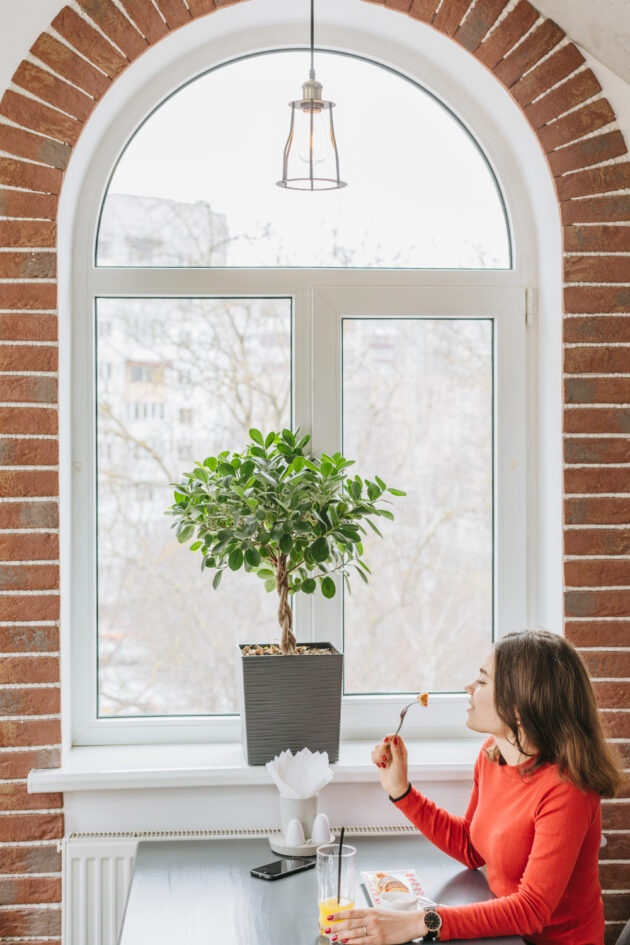
Table of Contents
Key Takeaways
- Understanding different window types and their specific needs is crucial for selecting appropriate coverings.
- Functional and aesthetic considerations should both play a role in decision-making.
- Layered treatments can provide both privacy and light control.
- Modern trends in window coverings incorporate smart technology and eco-friendly materials.
Introduction to Window Coverings
Choosing the right window coverings is both an art and a science, a crucial step in home design that offers multifaceted benefits: practical functionality, aesthetic enhancement, and energy efficiency. A thoughtful choice of coverings can dramatically alter a room’s atmosphere, as they control light entry, preserve privacy, and add insulation. It’s important to remember that selecting appropriate window coverings goes beyond personal style preferences. It requires understanding a diverse range of window types and their specific requirements to ensure both form and functionality. Well-chosen window treatments can enhance a space, harmonizing it with your interior design while excelling in their purpose.
Identifying Your Window Needs
Every window in a home presents distinct needs determined chiefly by its location, size, and functional purpose. In busy, communal spaces like kitchens, windows often demand coverings that can withstand higher moisture levels and dirt. Here, durable materials like faux wood blinds come in handy due to their resistance to messes and spills. Conversely, in the bedroom, where restful sleep is paramount, blackout shades or heavy drapes can shield the room from light pollution and enhance sleep quality. Understanding these nuanced requirements leads to better-functioning household areas and brings cohesive style across different spaces. Moreover, attention to detail, such as the room’s exposure to sun and outside noise, can play a role in narrowing down choices.
Popular Types of Window Coverings
- Blinds: Known for their versatility, blinds have slats that provide varying degrees of light control and privacy, contributing greatly to a room’s ambiance. They are available in diverse materials—wood, faux wood, aluminum, and more—offering design and practical application flexibility. For spaces like the home office, blinds facilitate control over light and privacy without leaning too formal or casual.
- Shades: Shades provide a softer aesthetic and are excellent for rooms where filtered light is appreciated. Available in Roman, roller, and cellular styles, they suit various interior styles while offering impressive insulation properties. Cellular shades, for example, have a unique honeycomb structure that effectively traps air, providing excellent energy savings in areas with fluctuating temperatures.
- Curtains and Drapes: These are available in an expansive range of fabrics, patterns, and lengths, enabling homeowners to add a personalized touch to each room. They are an easy way to introduce texture and warmth, while their ability to be layered with blinds or shades makes them versatile. High-ceiling living rooms often benefit aesthetically and functionally from full-length drapes that draw the eye upward and insulate the windows.
- Shutters: Providing timeless appeal and robust functionality, shutters are ideal for settings that require additional insulation and privacy. Commonly associated with coastal and historical home settings, shutters can transform window frames into architectural statements while ensuring eco-efficiency.
Aesthetic versus Functional Considerations
The ideal window covering perfectly synthesizes aesthetic appeal with functionality. While bold, colorful drapes can add vibrancy and set the design tone of a room, sheer shades can soften and diffuse natural light to create an inviting, airy atmosphere—ideal for lounging areas or sunrooms. It balances visual delight and utility, ensuring the coverings supplement the interior design language while meeting practical needs. In spaces where temperature control is crucial, certain coverings such as thermal-lined curtains or energy-efficient blinds can significantly lower heating and cooling demands, blending functionality seamlessly with sophisticated design choices.
Layered Treatments for Enhanced Control
Layering window treatments is an elegant solution that combines the advantages of different covering types, opening the door to remarkable flexibility and control. A basic shade or blind provides the initial layer of privacy and light management; adding curtains or drapes introduces an additional layer of texture and visual interest. Successfully layered treatments provide versatile light and privacy control throughout the day and add a rich, plush feel to rooms. This approach is particularly beneficial in common areas such as the living room, where adjusting to the time of day or level of desired privacy is paramount. Layering also allows creativity in mixing patterns and colors to draw focus or harmonize different room elements.
Embracing Modern Trends
In the dynamic world of window coverings, trends are rapidly embracing the conveniences of modern technology and sustainable materials. The rise of smart technology has brought forward motorized options that allow homeowners to control their coverings via smartphone apps, integrating them into smart home systems for supreme ease and convenience. Meanwhile, the shift toward sustainable living is mirrored in coverings made from eco-friendly, sustainable materials. These trends highlight the drive for innovation and eco-conscious designs that meet contemporary demands. Today, choosing natural materials or energy-efficient options in window treatments complements interior design and supports an ecological ethos.
Conclusion: Finding Your Perfect Fit
Choosing the right window coverings is a detailed process that requires an understanding of the unique needs of each room, consideration of personal stylistic preferences, and awareness of evolving trends. By examining factors such as privacy needs, light control, insulation, and aesthetic harmony, homeowners can make informed decisions that enhance their living spaces’ functionality and beauty. Whether the choice is classic slat blinds, luxurious drapes, or state-of-the-art smart shades, the key is finding a balance that feels uniquely tailored and fitting to the lifestyle and design of the home.
